In today's competitive business world, entities (brands/companies/businesses) are investing more in research and development to create unique products and set themselves apart from their competitors. Often, necessary steps are taken to protect their Intellectual Property (IP). Entities would not reap full benefits of their research and development investments if their IP is not protected.
Intellectual Property Rights (IPR) is critical to fostering original ideas and innovative concepts. All businesses should be informed of the IPR regardless of their size or sector. IPR can mean that an entity’s brand, invention, design or any creative form, is legally owned and cannot be duplicated, imitated, or copied by their competitors.
As the world's leading event organizer, RX is committed to providing information in protecting innovations and concepts, as well as relevant services during events to support IP protection.
This guide explains the importance of protecting IPR, the different types of legal protection available in China, and different measures that you can take to protect and manage your IPR. This will also provide comprehensive information to intellectual property protection during the exhibitions we organize and is not intended to be a substitute for Courts of Law.
